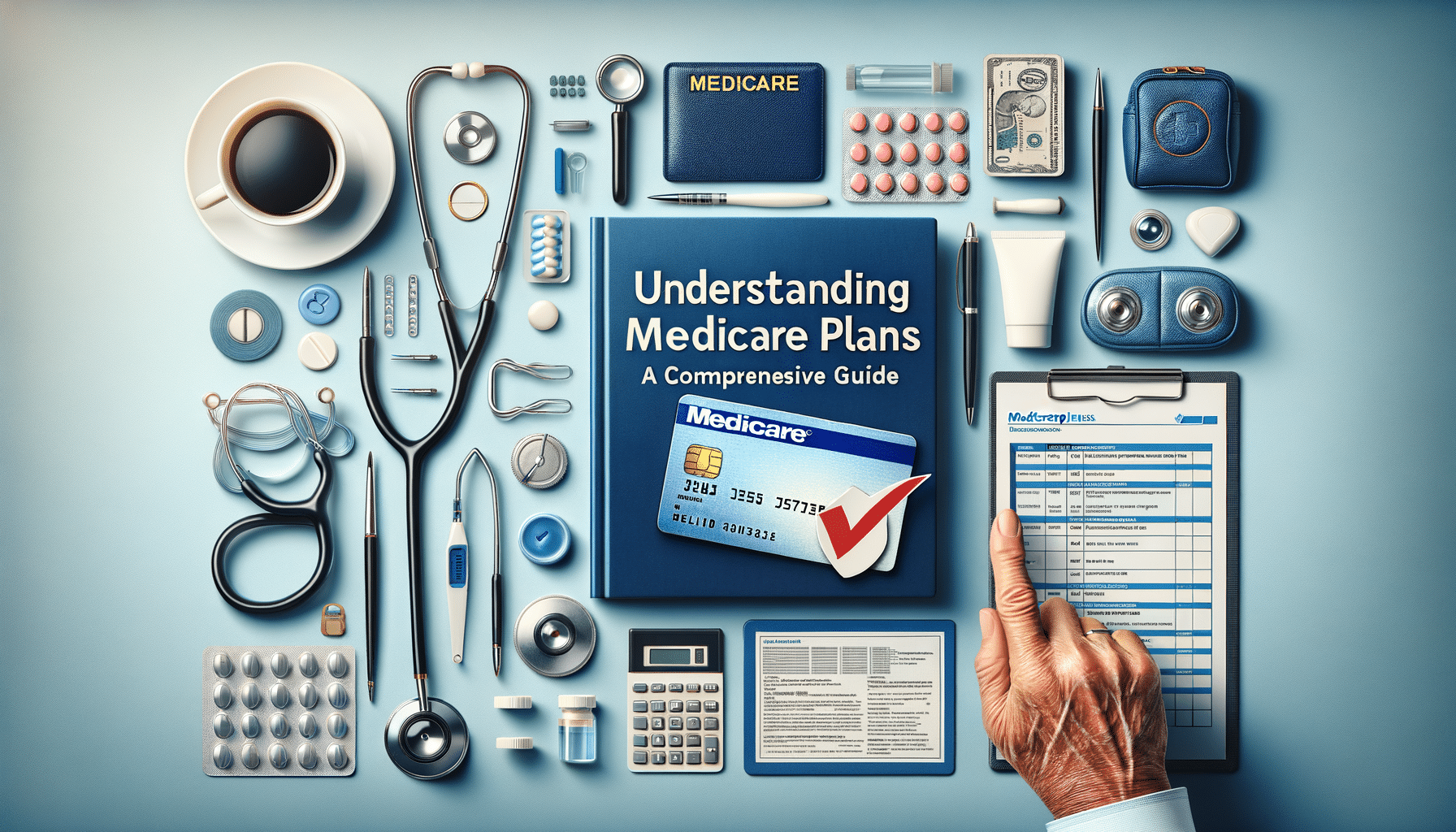
Understanding Health Care: Managing Costs and Coverage Options
Introduction to Health Care Costs and Coverage
Health care is a fundamental aspect of life that affects everyone at some point. Understanding the intricacies of managing costs and navigating coverage options is crucial for making informed decisions. With the rising costs of medical services and the myriad of available insurance plans, individuals often find themselves overwhelmed. This article aims to shed light on the essential components of health care costs and coverage options, offering a comprehensive guide to help you make informed choices.
The importance of understanding health care costs cannot be overstated. Whether you’re dealing with routine check-ups or unexpected medical emergencies, being prepared financially can make a significant difference. Moreover, with the ever-changing landscape of health insurance policies, staying informed is key to optimizing your health care strategy.
Breaking Down Health Care Costs
Health care costs can be broadly categorized into several components, each contributing to the overall expense. Understanding these components is the first step in managing your health care expenses effectively:
- Premiums: These are the regular payments made to maintain your health insurance coverage. Premiums can vary widely based on the type of plan, the level of coverage, and the insurer.
- Deductibles: This is the amount you pay out-of-pocket before your insurance begins to cover expenses. Plans with lower premiums often have higher deductibles, and vice versa.
- Co-payments and Co-insurance: Co-payments are fixed amounts paid for specific services, while co-insurance is a percentage of the cost of a covered service. Understanding these terms helps in anticipating costs during medical visits.
- Out-of-Pocket Maximum: This is the maximum amount you will pay in a year for covered services. Once this limit is reached, your insurance covers 100% of the costs.
Being aware of these components allows individuals to plan their health care finances better. It also emphasizes the importance of choosing the right insurance plan that aligns with one’s health needs and financial situation.
Exploring Health Coverage Options
Choosing the right health insurance plan is a critical decision that impacts both your health and finances. There are several types of plans, each with its own set of benefits and limitations:
- Health Maintenance Organization (HMO): These plans require members to use a network of doctors and hospitals. They often have lower premiums and out-of-pocket costs but less flexibility in choosing health care providers.
- Preferred Provider Organization (PPO): PPOs offer more flexibility in selecting providers and do not require referrals for specialists. However, they tend to have higher premiums and out-of-pocket costs.
- Exclusive Provider Organization (EPO): Similar to HMOs, EPOs require the use of network providers but do not require referrals for specialists. They offer a balance between cost and flexibility.
- Point of Service (POS): These plans combine features of HMOs and PPOs, offering flexibility in choosing providers and requiring referrals for specialists.
When selecting a plan, consider factors such as your health needs, budget, and preferred health care providers. Evaluating these aspects ensures that you choose a plan that provides optimal coverage and financial protection.
Conclusion: Navigating Health Care with Confidence
Understanding health care costs and coverage options is essential for making informed decisions about your health and financial well-being. By breaking down the components of health care costs and exploring the various coverage options available, individuals can better manage their health expenses and choose plans that suit their needs.
Staying informed and proactive in managing health care is crucial in today’s ever-evolving landscape. By doing so, you can navigate the complexities of health care with confidence, ensuring that you and your loved ones are protected both medically and financially.


